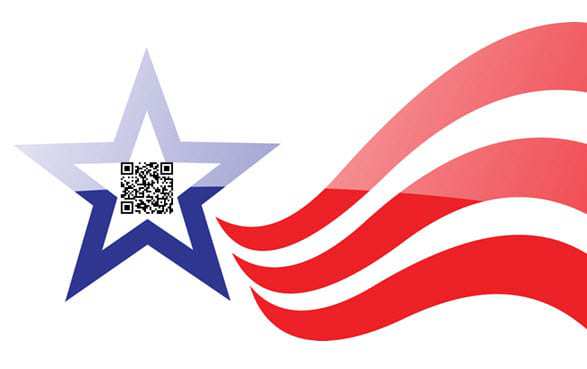From QR codes to other innovative tools, the presidential race has gone digital.
No matter where you look in this year’s presidential election campaigns, you are likely to find some signs of mobile commerce tools to help the hopefuls to connect with a much more smartphone-based voting audience.
Smartphone penetration has reached the point that it would be political suicide to ignore it.
President Barack Obama’s volunteer data captain staff is currently spread across thirty different re-election offices in Florida alone, processing mountains of material that have been generated by the various much more local phone banks and that are then used by the organizing teams to be mined for the campaign.
Similarly, but from an entirely different angle, Mitt Romney’s campaign, includes the red and blue T-shirts worn by all of the campaign volunteers in Virginia, which prominently feature a QR code which can be scanned by voters using their smartphones, and which resolve to a page that provides more information.
The race to become president has combined traditional techniques with complex high tech innovations.
Obama’s campaign in 2008 already broke the mold for Internet use in terms of its communications with its supporters as well as in its fundraising efforts. But in 2012, both he and Romney are going digital. This time, it is on many different levels. Particularly for streamlining the work that is notoriously labor intensive, of actually getting voters out to vote. This is especially true in the states where the battle is always tight and where the outcomes are often determined, such as Florida and Virginia.
The mobile commerce tools include the more “expected” efforts, such as the apps that are available from both campaigns for engaging volunteers, to much more ambitious efforts, such as the dashboard platform for the Obama team, which is meant to help volunteers to remain connected with the campaign regardless of where they are, even if they are in the field.
Though this is only one element of the campaigns’ multi-level efforts to classify voters and encourage them to cast their ballots, it is a very central one. Other elements include direct mail, radio and television advertising, and events. Though neither campaign expects that this high tech angle will completely replace the canvassing in the neighborhoods and the phone calls, it has become a suddenly vital piece that has never before been a meaningful part of previous elections.

